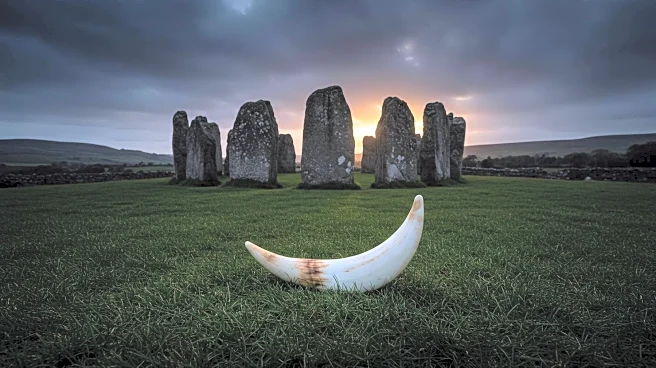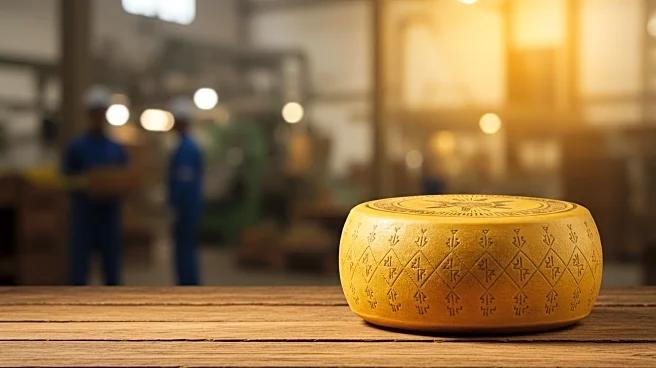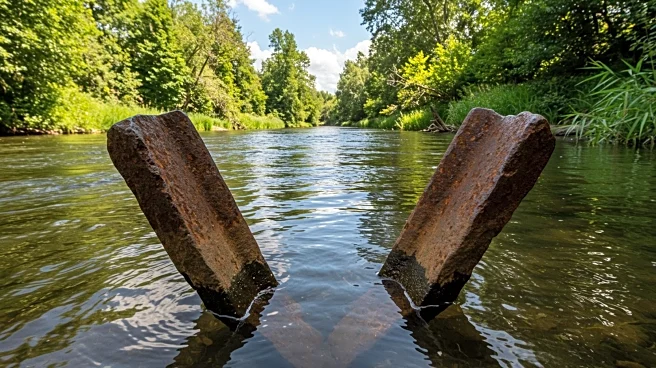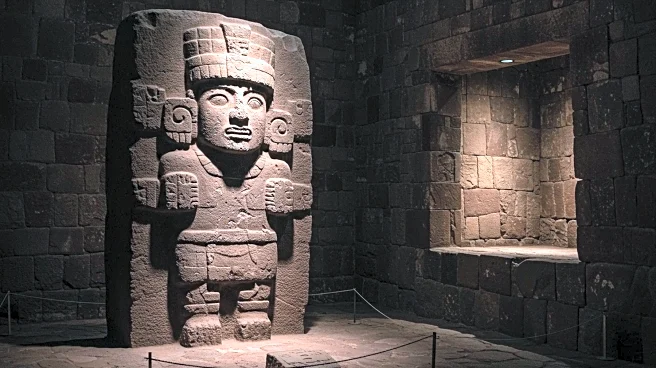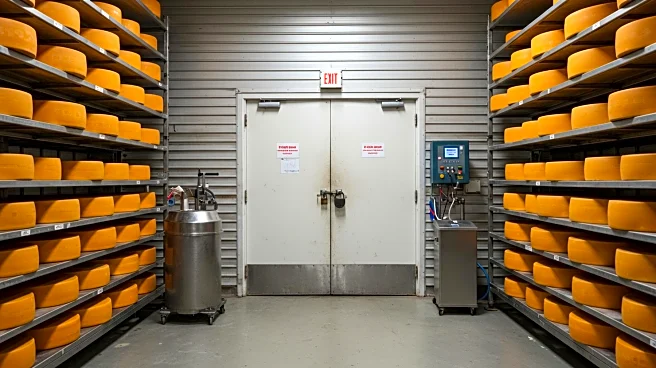Rapid Read • 7 min read
A recent study has provided new insights into the origins of Stonehenge through the analysis of a 5,000-year-old cow's tooth found at the site. Researchers from the British Geological Survey, Cardiff University, and University College London conducted isotope analysis on the cow's molar, revealing details about its diet, movement, and environment. The study suggests that the cow originated from southwest Wales, linking Stonehenge to Wales, where the monument's bluestones were sourced. The analysis also indicates that cattle may have been used to transport the stones to Stonehenge, supporting the theory of an overland route for the stones' transportation.
AD
This research is significant as it provides evidence of cattle movement from Wales to Stonehenge, offering insights into the logistics of constructing the monument. Understanding the transportation methods used for the bluestones can help resolve longstanding debates about Stonehenge's construction. The study also highlights the role of cattle in Neolithic society, suggesting they were integral to the monument's creation. This discovery contributes to the broader understanding of prehistoric human activity and the cultural significance of Stonehenge.
Further research may focus on additional archaeological findings at Stonehenge to corroborate the use of cattle in transporting stones. Scientists may also explore other isotopic analyses to gain deeper insights into the diets and movements of animals associated with the site. These studies could lead to a more comprehensive understanding of the social and economic structures of Neolithic communities.
The study raises questions about the cultural and symbolic significance of cattle in Neolithic society, potentially influencing future archaeological interpretations of Stonehenge. It also underscores the importance of interdisciplinary approaches in archaeology, combining geological and biological sciences to uncover historical narratives.
AD
More Stories You Might Enjoy
